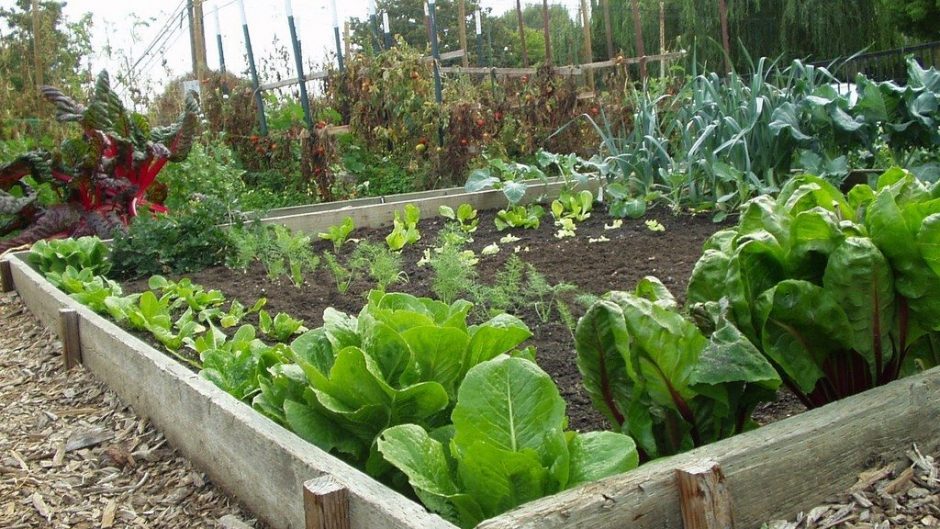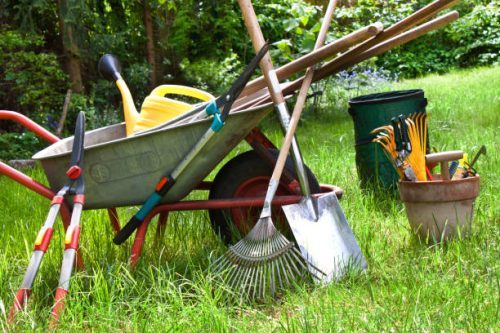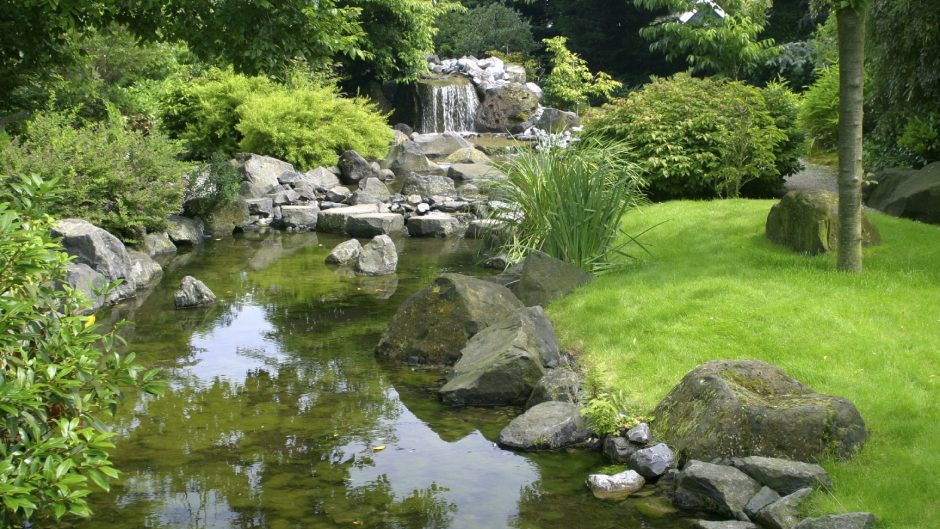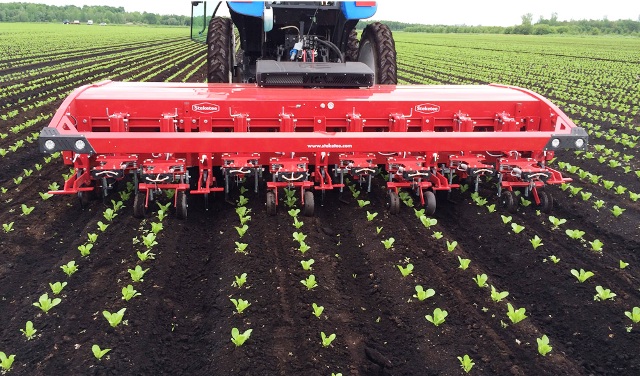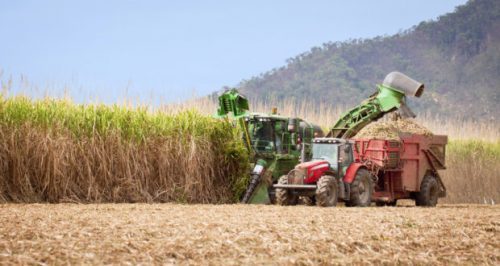There are many individuals who think that gardening isn’t worth the effort. Also, there appear to be a lot of people who have a hard time growing anything other than weeds for one reason or another. I’ll be honest: developing a fantastic garden takes a significant amount of effort. However, there are numerous methods to make the process more efficient while still achieving excellent results.
Here Are The Top 10
Healthy Soil Is Square One
Once is a blue moon, but someone could grow plants in awful soil once. It’s nearly impossible, though. If you want a healthy garden, you need good soil! Building a raised planter is one of the most efficient methods to do this, especially if your yard has acidic or rocky soil.
Add Composite Prior To Planting
The most essential thing you can do to grow healthy plants is add composite to the soil. It’s critical to do this ahead of time so that the composite has a chance to solidify and link. This should be completed about two weeks prior to planting.
Avoid The Deadly Frost
Simply said, frost can easily harm a variety of plants, especially those in their early phases.Gardeners who have been there and done it understand when they need to plant and harvest in order to avoid this. Even the most seasoned of them cannot survive the “freak” cold snaps that occur from time to time.
Using milk jugs, soda bottles, or any other type of plastic to cover their plants is a simple idea that both seasoned and new gardeners might find useful. This will protect and preserve the majority of plants from the harsh winter temperatures.
Make Sure Your Plants Have Adequate Drainage
Keep in mind that healthy roots produce healthy plants. While the correct soil, compost, and weather are all important factors to consider, your plant’s drainage should also be taken care of.
It’s critical that your plant’s roots get adequate oxygen. There must be a minimal amount of stagnant water in the soil for the roots to obtain air. Drilling small holes in the bottom of your planter might help improve drainage. If you’re planting in the ground, use greater compost and avoid overwatering the dirt.
Make Your Load Lighter
It’s not unusual for gardeners to relocate their plants from time to time. This is especially true in harsh climates where the temperature ranges from extremely hot to extremely cold. Anyone who has ever done this knows how difficult it is.
Here’s a quick trick. Fill the bottom third of your pot with packing peanuts and then cover that with a piece of landscape fabric. After that, add some lightweight soil. You’ll be shocked at how much this simple idea lightens the load.
Know When To Water And How Much To Give
Watering schedules are one of the most difficult things to master. This is unfortunately without a doubt not the case. The greatest method to determine when and how much water your plant requires is to conduct online research. Different plants require varying amounts of water in various regions. Make careful to consider your climate.
Find The Right Place For Your Garden
Some plants require a great deal of light, while others require less. Some need direct sunlight only, while others may get by with ambient light. It’s critical to keep this in mind when selecting where your garden will be situated.
Simply put, if your plants don’t thrive in a bad environment, there’s little chance they’ll survive. Keep an eye on where the sun shines the most in your yard. Also pay attention to where the shady places appear during the day to assist you decide where to place your garden.
Remember, it’s not about which garden is the most beautiful, but rather which one is the healthiest.
Monitor The Acidity
Different plants require varying levels of acidity in order to absorb nutrients from the soil. If your plant needs acidic soil, pay attention to the ph levels.
If you live in a region where your soil is known to be “sweet,” consider adding garden lime. If your plant performs better in “Sour” soil, consider using an ammonium-N-based fertilizer.
Know What’s Outside Of Your Skill Level
This is a major consideration for novices. It’s critical to be aware of your skill level. When you’re initially starting out, stick to plants that are easier to grow. Take my advice, there’s a lot more to growing certain species than most people think. You don’t want to take on something that is too difficult your first time gardening. This will just lead to frustration and a poor flavor. Restrain yourself at first, get thoroughly familiar with the process, and then tackle the more difficult tasks.
Skip The Hassle And Check This Out
You’ve probably obtained a lot of information from this essay today, and you should feel much more self-assured. These suggestions are beneficial, and they will certainly help you create a beautiful garden full of robust plants. However, following these suggestions may be a real pain.
After all, who wants to spend hours planning and building a raised planter or lose days of their life researching plant requirements? How would you like to think about testing your soil all the time? Do you believe that studying your yard might be enjoyable so that you can establish a location that receives the ideal amount of sunlight? Alternatively, do you have the patience to go through the process of determining how much water to give your plants?
If you’re like me, you want things to be as simple as possible. It’s difficult to enjoy anything when most of it is headaches, hassles, and hard work. I understand that everything valuable requires effort, but what if you could get better results with less effort?
It’s entirely possible!
This is a fact. People from all walks of life are learning how simple, enjoyable, and practical gardening can be.
The Garden Path Grow Box is what allows this to happen. This ingenious approach is revolutionizing how people cultivate gardens.
Let’s quickly go over what makes it so special…
– With ease, the circulation of air in this grow box ensures that the roots get an ample supply of fresh air.
–The guessing game is removed from the equation. The reservoir that this planter employs ensures that your plants receive the amount of water they require at all times.
–This grow box is compact and portable, so you can effortlessly shift it from place to place. There will be no more moving heavy planters, no more confinement to specific parts of your yard, and no more concern about over or under-exposure to light. Furthermore, because the mobility eliminates the hazard of frost, there’s no need to litter your yard with empty plastic bottles. Instead of filling up your yard with empties, move your plants inside for the night.
– The best thing about it is… There’s no need to be concerned about your spiritual well-being. Because of the NutrientPatch, your plant will get a continuous supply of high-quality fertilizer. Finally, you won’t need to weed, and your plants will be maintained at the ideal temperature.
– It’s ideal for novices. The feedback is loud and clear. How would you like to join the ranks of the newest “newbie” to see fantastic results? Experience isn’t necessary, and the outcomes are certain. Now that’s tough to beat!
Doesn’t it sound fantastic? This is merely the beginning. There’s a lot more this amazing grow box can do.The choice is yours…
Choose wisely!
